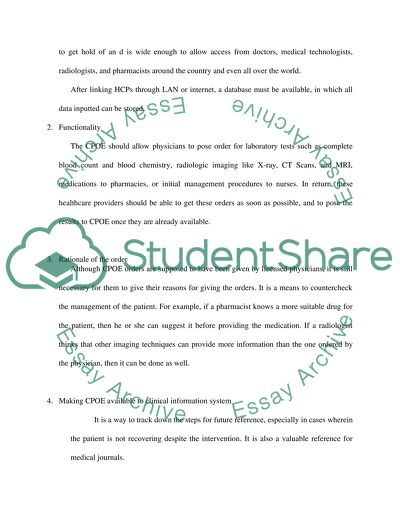Cite this document
(“Standard vocabularies in CPOE Research Paper Example | Topics and Well Written Essays - 2500 words”, n.d.)
Retrieved from https://studentshare.org/health-sciences-medicine/1393844-standard-vocabularies-in-cpoe
Retrieved from https://studentshare.org/health-sciences-medicine/1393844-standard-vocabularies-in-cpoe
(Standard Vocabularies in CPOE Research Paper Example | Topics and Well Written Essays - 2500 Words)
https://studentshare.org/health-sciences-medicine/1393844-standard-vocabularies-in-cpoe.
https://studentshare.org/health-sciences-medicine/1393844-standard-vocabularies-in-cpoe.
“Standard Vocabularies in CPOE Research Paper Example | Topics and Well Written Essays - 2500 Words”, n.d. https://studentshare.org/health-sciences-medicine/1393844-standard-vocabularies-in-cpoe.


